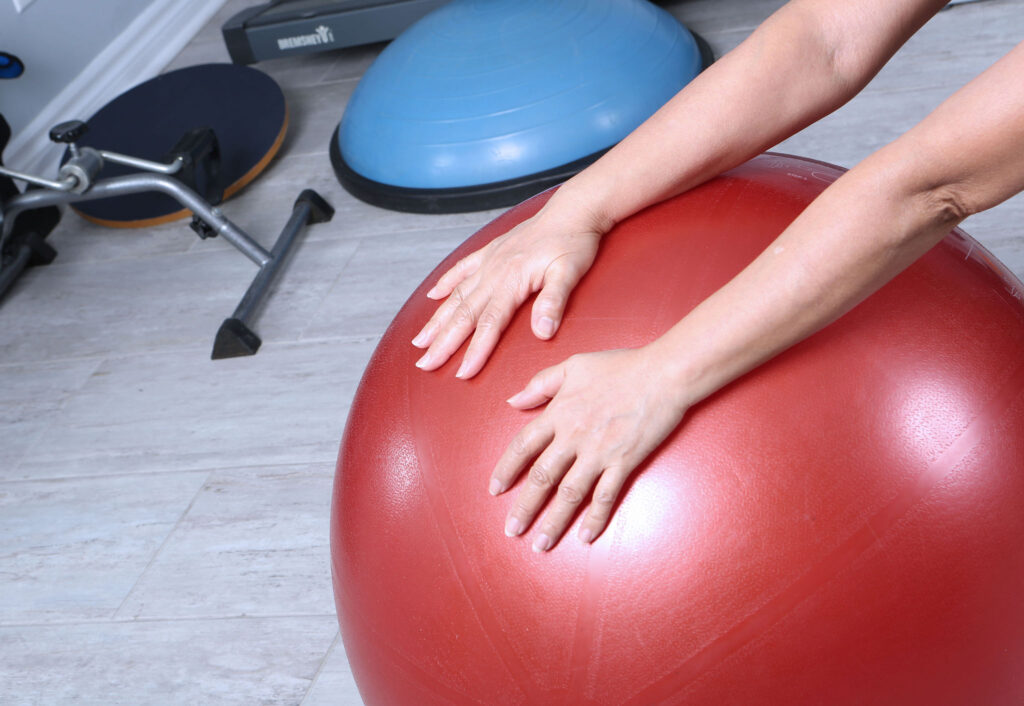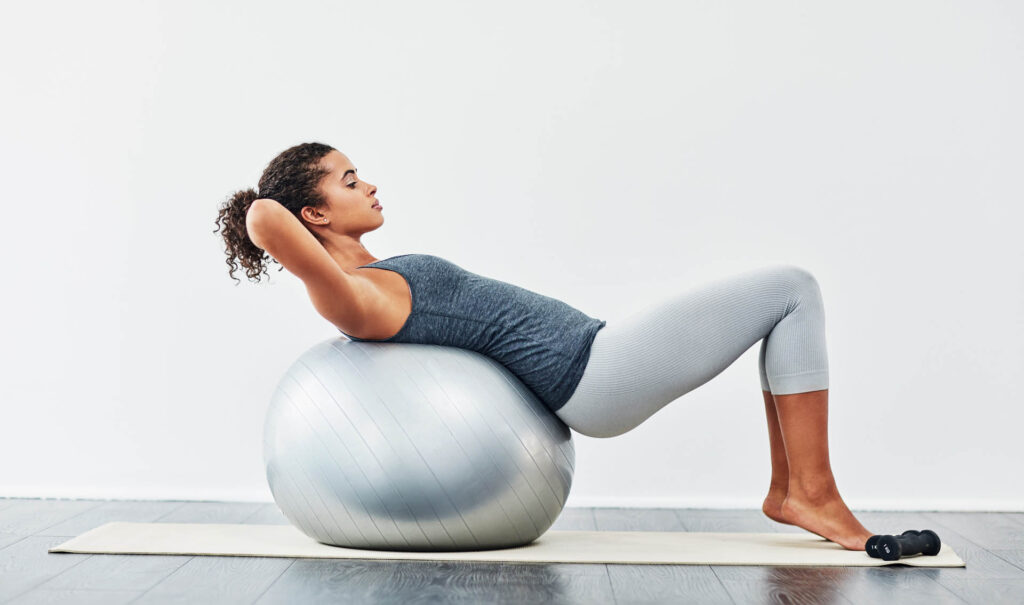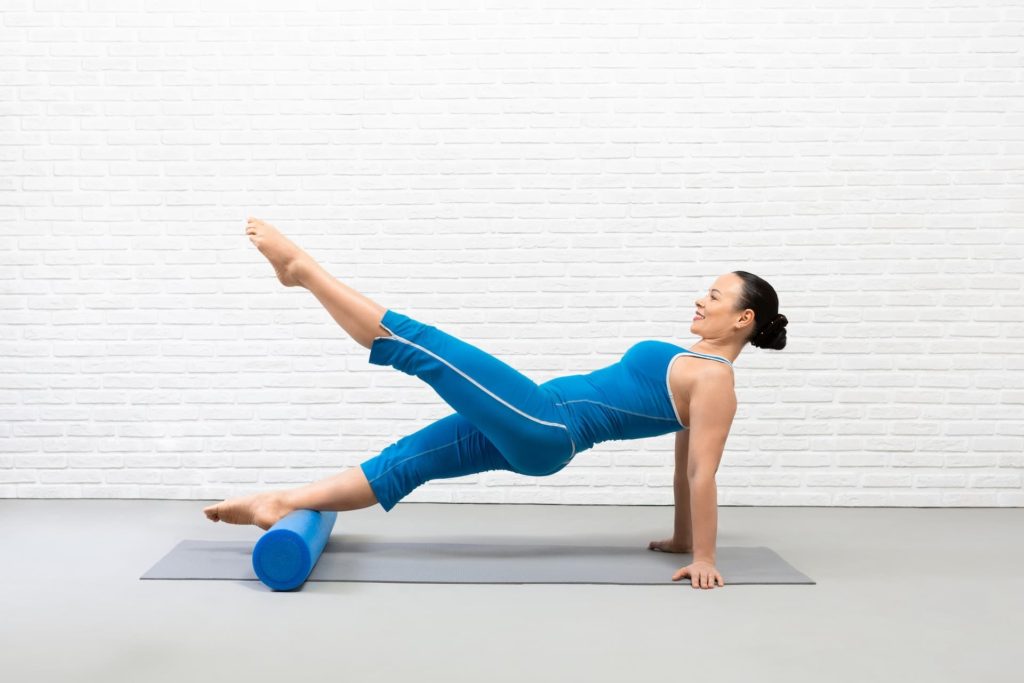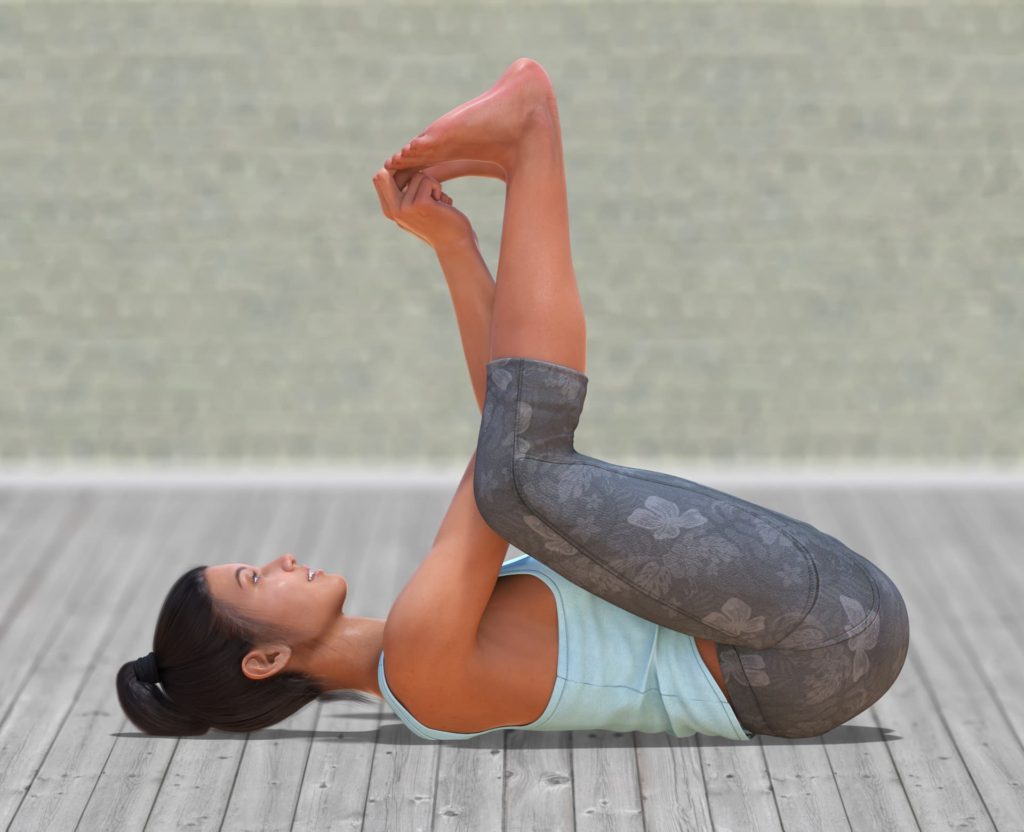Pelvic floor exercises are one of the best ways to improve your health and strengthen your pelvic floor muscles. You may be experiencing problems with your pelvic floor if you experience urine leaks when you sneeze, laugh, or cough. This is a common problem as women age, give birth, or experience other health issues. By adding pelvic floor exercises for women to your daily routine, you can build strong pelvic floor muscles and reduce the symptoms of pelvic organ prolapse. Let’s review how to strengthen the pelvic floor, how to locate these muscles, and when you should consult with your health professional.

What is the pelvic floor?
You use your pelvic floor muscles every day without even realizing it. These muscles and connective tissue are connected to the bones at the bottom of the pelvis. The pelvic organs combined are the urethra, bladder, intestines, and rectum.
If you have a vagina, you will also have a uterus, cervix, and vagina as part of the pelvic organ system.
Function of the pelvic floor
The pelvic floor region is one of the most important parts of our daily health. This area supports the pelvic organs and pelvic floor muscles that are instrumental in our sexual and physical health. They also help to stabilize the hips and trunk when we stand or walk.
During pregnancy and vaginal birth, these muscles help to carry and deliver the baby. Pregnancy can also impact the strength and comfort of these muscles, causing pain and discomfort or even pelvic organ prolapse.


Other factors that can contribute to pelvic floor dysfunction include:
- Age
- Menopause
- Surgery
- Heavy lifting
- Prolonged sitting
- Sexual abuse
- Excessive weight
- Interstitial cystitis
Health conditions such as pelvic floor disorders, irritable bowel syndrome, endometriosis, or restricting bowel movements can also play a role in the health of your pelvic region.
How to find pelvic floor muscles
Everyday you use your pelvic floor muscles to control the flow of urine when you go to the bathroom. When you stop yourself from going to the washroom, you are constructing the muscles. You can do this at any time, contracting and releasing these muscles as needed. A great exercise to find your pelvic floor muscles is to lie on your back with your feet on the floor. Inhale and squeeze the muscles around your urethra, similar to when you are trying to stop the flow of urine. If you have a vagina, focus on squeezing these muscles. If you hold this contraction for a few seconds, then let go, you should feel the pelvic floor muscles release.
You can also contract your muscles as if you were trying to prevent letting out gas. These same muscles activate contracting areas around your rectum and anus. Engaging these muscles will deepen pelvic floor engagement and strengthen abdominal contractions.


Pelvic floor dysfunction
As the pelvic floor muscles weaken, you may experience an inability to support pelvic floor organs. This is called pelvic floor dysfunction. It can manifest in a variety of ways including an overactive bladder, pelvic organ prolapse, and painful sex.
Women often associate these issues with aging or a result of childbirth and can put off seeking treatment. It’s believed 1 in 4 women may be suffering from pelvic floor disorders. This number rises by nearly double by the time women are 80 years old.
Some of the most common symptoms of pelvic floor dysfunction are:
- pelvic pressure or fullness
- the frequent urge to urinate or painful urination
- urinary leakage
- urinary incontinence
- lower back pain
- constipation, difficulties with bowel movements, or bowel leakage
- difficulty emptying the bladder
- pain with sexual intercourse
- pain in the pelvic region or genitals
- pelvic muscle spasms


Pelvic floor dysfunction can be treated in a number of ways. Your physician will be able to provide you with the right treatment and resources to help you begin the road to recovery.
Pelvic floor exercises are one of the best ways to restore the strength in your pelvic muscles. There are a variety of exercises to suit your age, mobility and health concerns. These pelvic floor physical therapy exercises are easy to try out, and you should see results in a short period of time.
These exercises will strengthen your pelvic floor:
Quick flick Kegels
This exercise involves the quick contraction and release of the pelvic floor muscles. Try to hold your pelvic floor muscles for one second before releasing.
It is important to maintain slow, steady breathing through this exercise. Repeat 10 times, then rest for 10 seconds. Repeat for 2 to 3 sets.


Heel slides
Target the abdominal muscles with heel slides. Lie on the floor and beg to inhale through the rib cage.
Exhale through the mouth, allowing your ribs to compress. Bring your pelvic floor into your core and slide your right heel away from you. Repeat between legs, doing 10 slides on each side.
Marches or toe taps
Similar to heel slides, this exercise focuses on core stability.
Lie on the floor and inhale into your rib cage. Bring your pelvic floor up and lock. Left one leg on the table-top position, alternating between legs. Keep your core engaged and alternate 12 to 20 times. This exercise should be comfortable. Stop if you experience back pain.


Happy Baby Pose
This exercise is great for stretching and releasing the pelvic floor muscles.
Start by lying on the floor with knees bent. Bring your knees towards you with feet facing up. Grab your feet and open your knees. Push your feet into your hands and begin to flex your heels. Take several breaths or rock back and forth gently.
Diaphragmatic breathing
Improve how your diaphragm and pelvic floor work together. This exercise is not only good for strengthening the pelvic floor, but also reducing stress.
To begin this exercise, lie on the floor or on a yoga mat. You can also do this exercise seated. Slowly relax your body, focusing on tension release. Put your hands on your stomach and chest.
Expand your stomach as you inhale through your nose, holding for 2 to 3 seconds before exhaling. Repeat several times.

Contact Us
Newmarket Health and Wellness Centre can help you find the best pelvic floor exercises to suit your health concerns. We offer pelvic floor physiotherapy care that improves and strengthens your pelvic floor muscles under the guidance of a professional healthcare provider. Contact us today to learn more about how to strengthen the pelvic floor.
